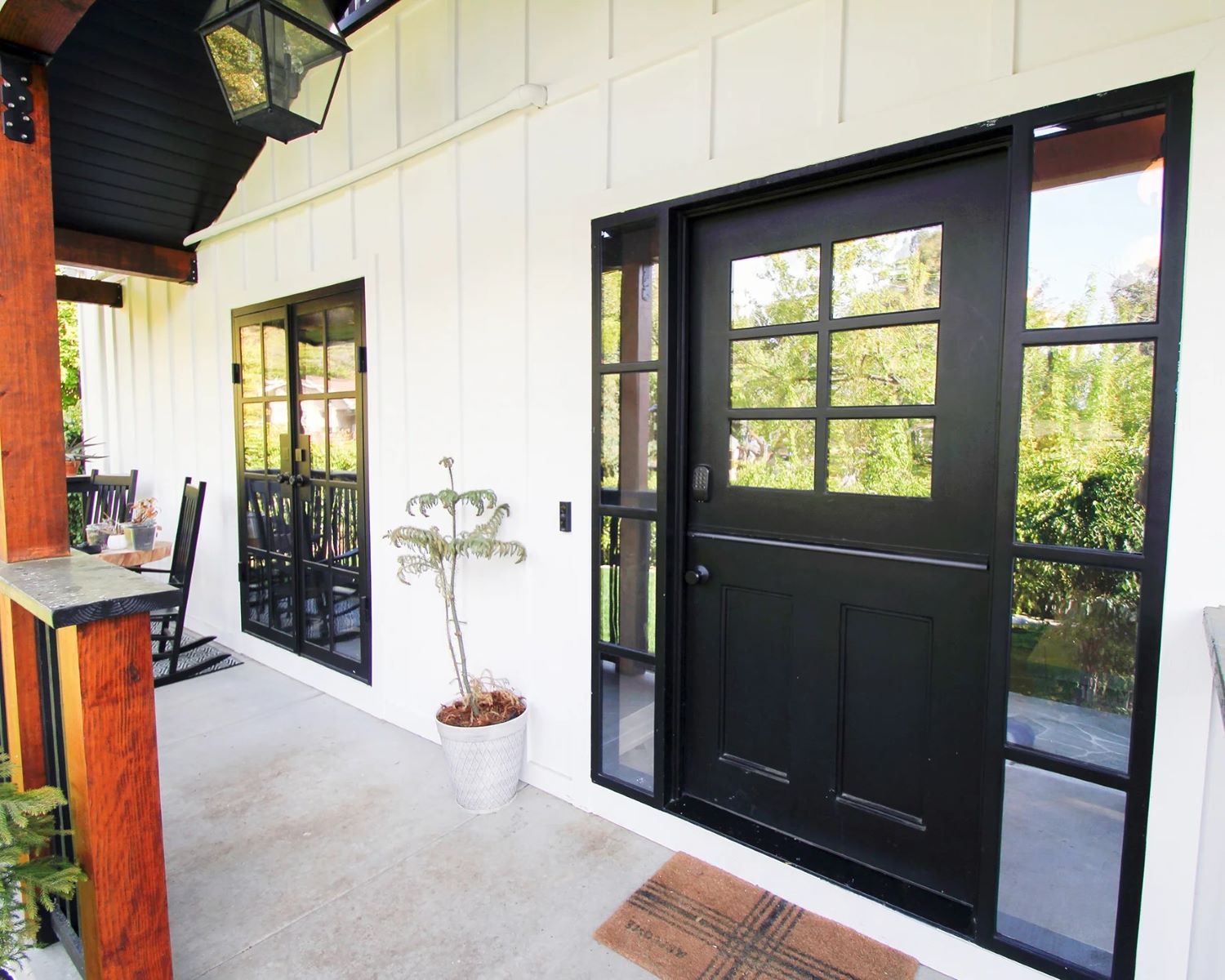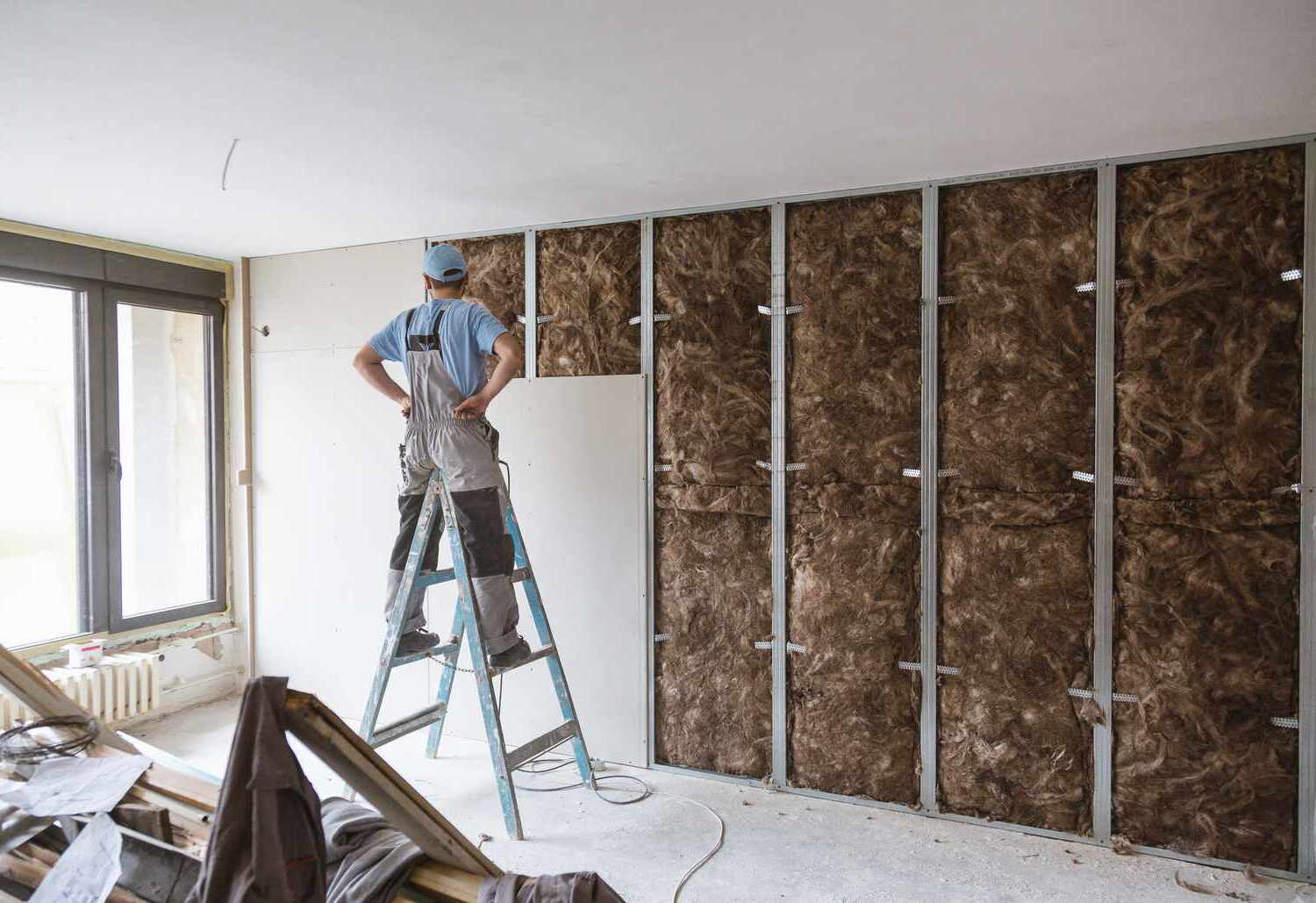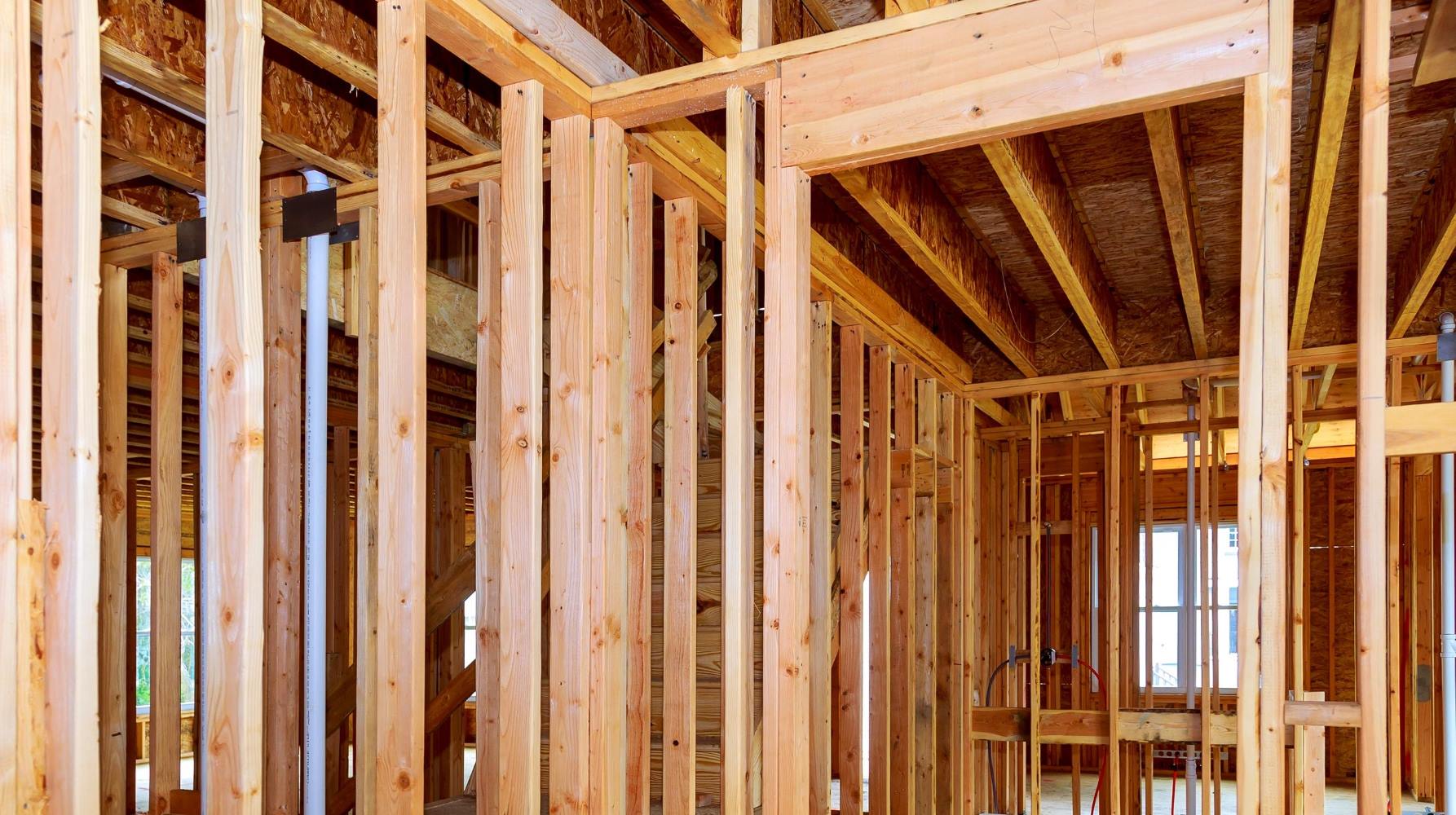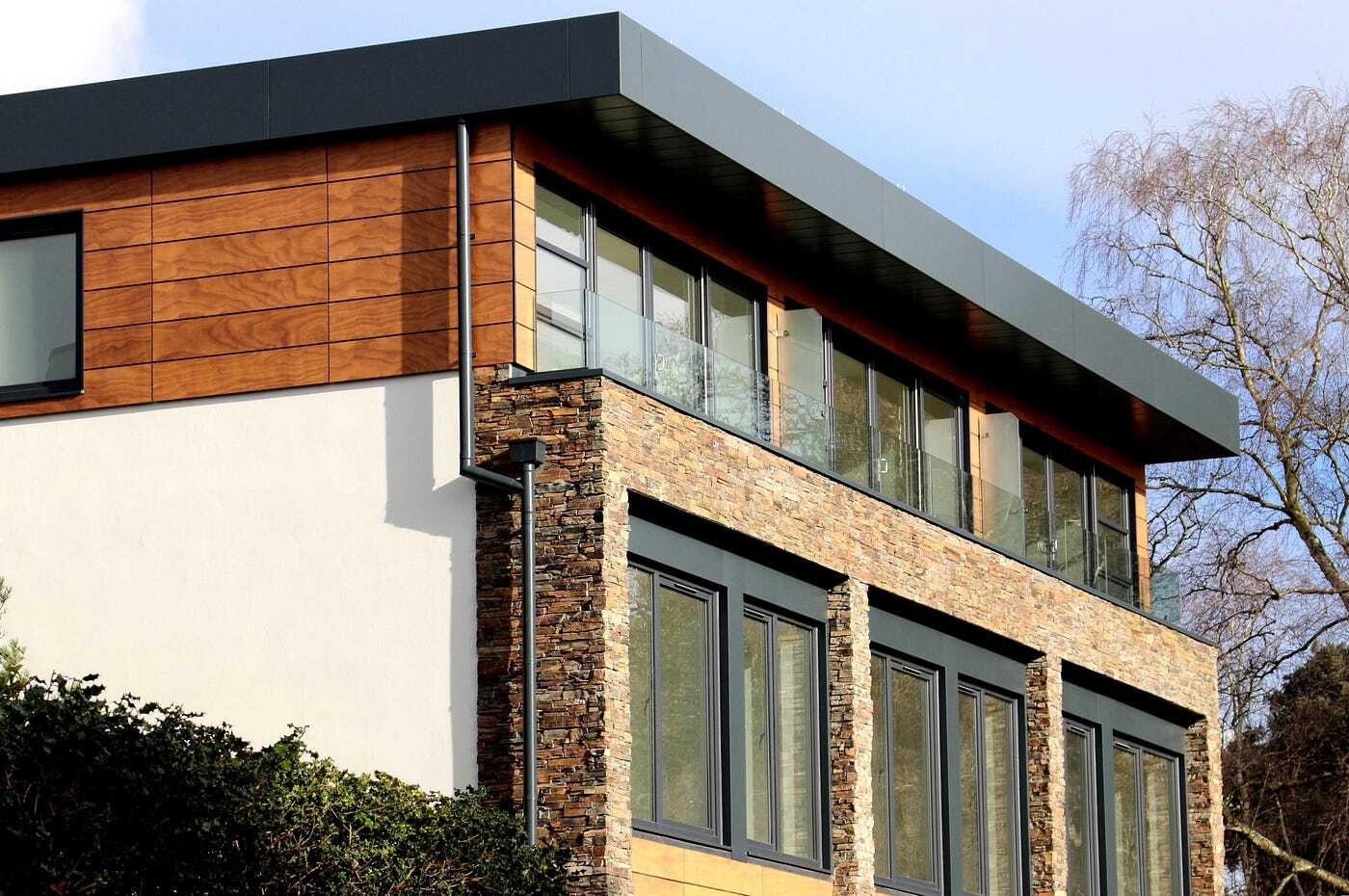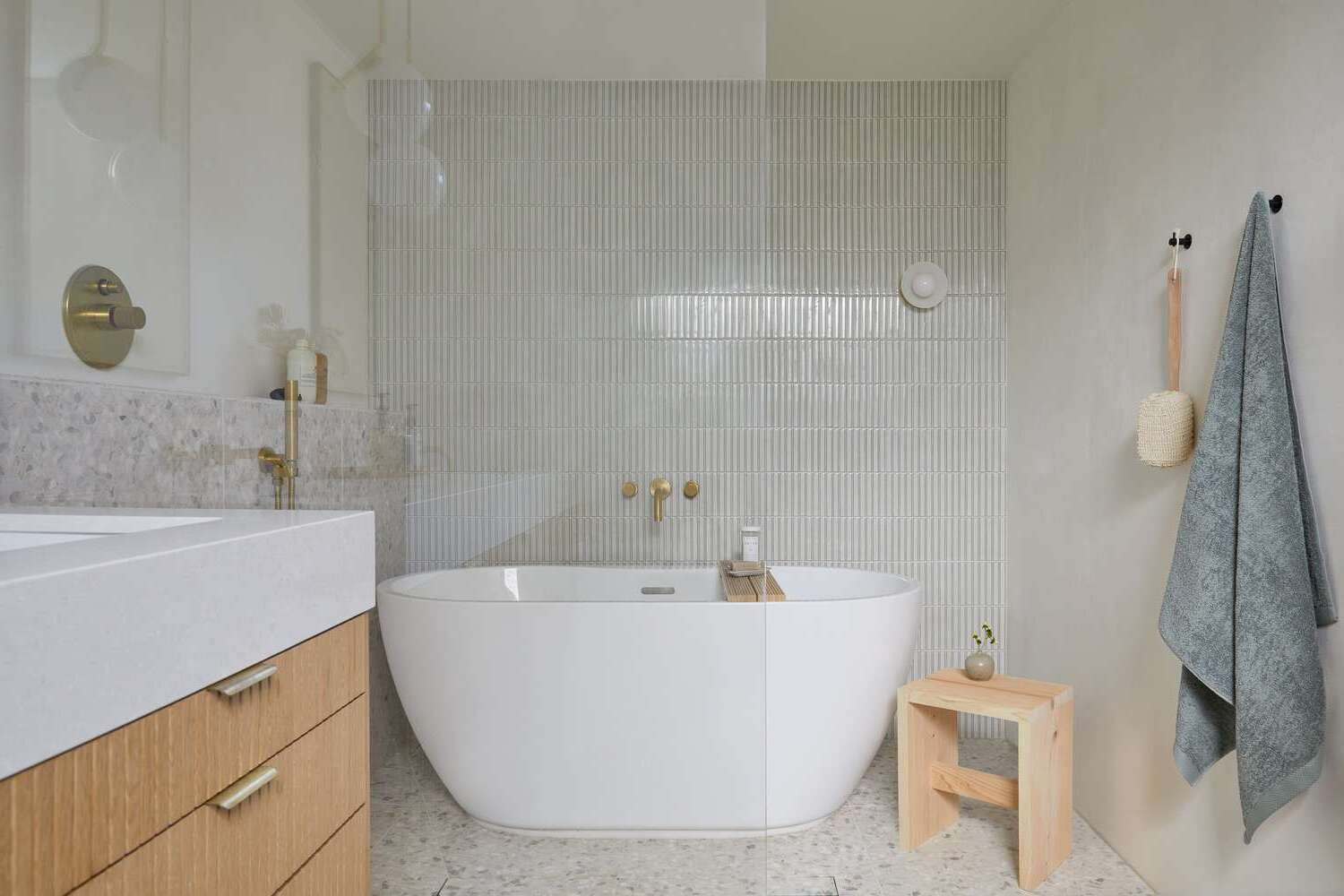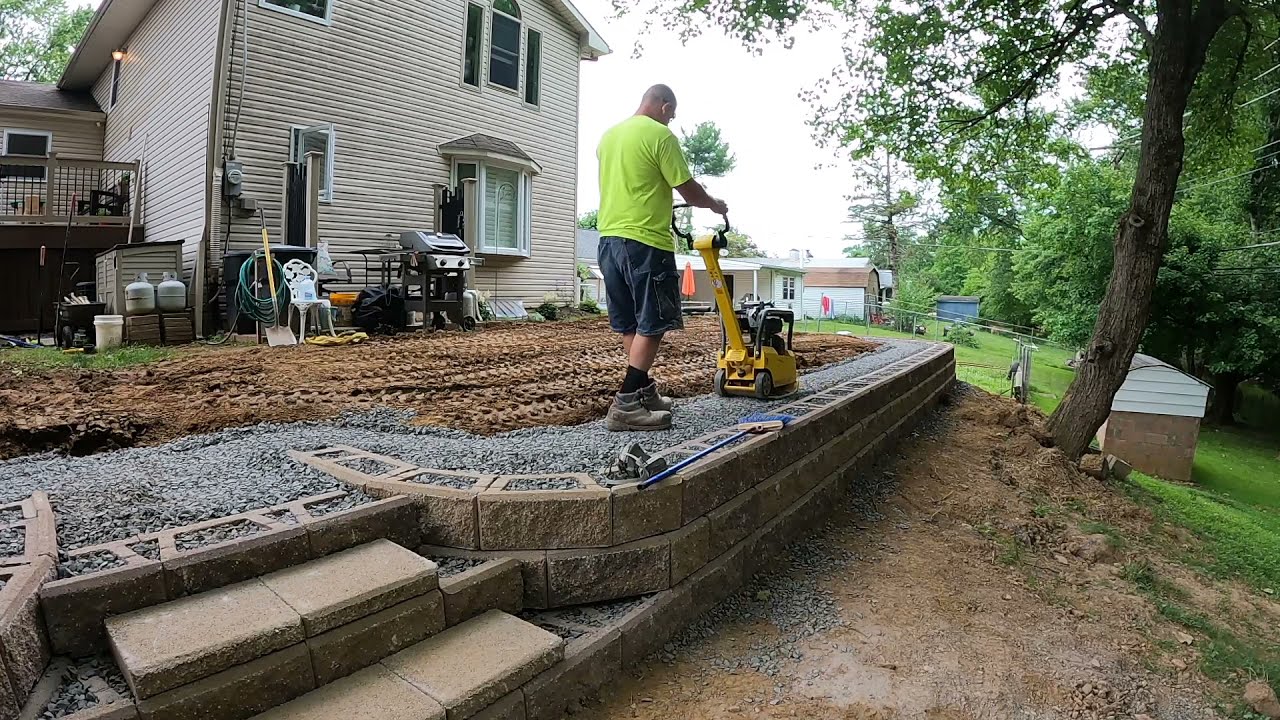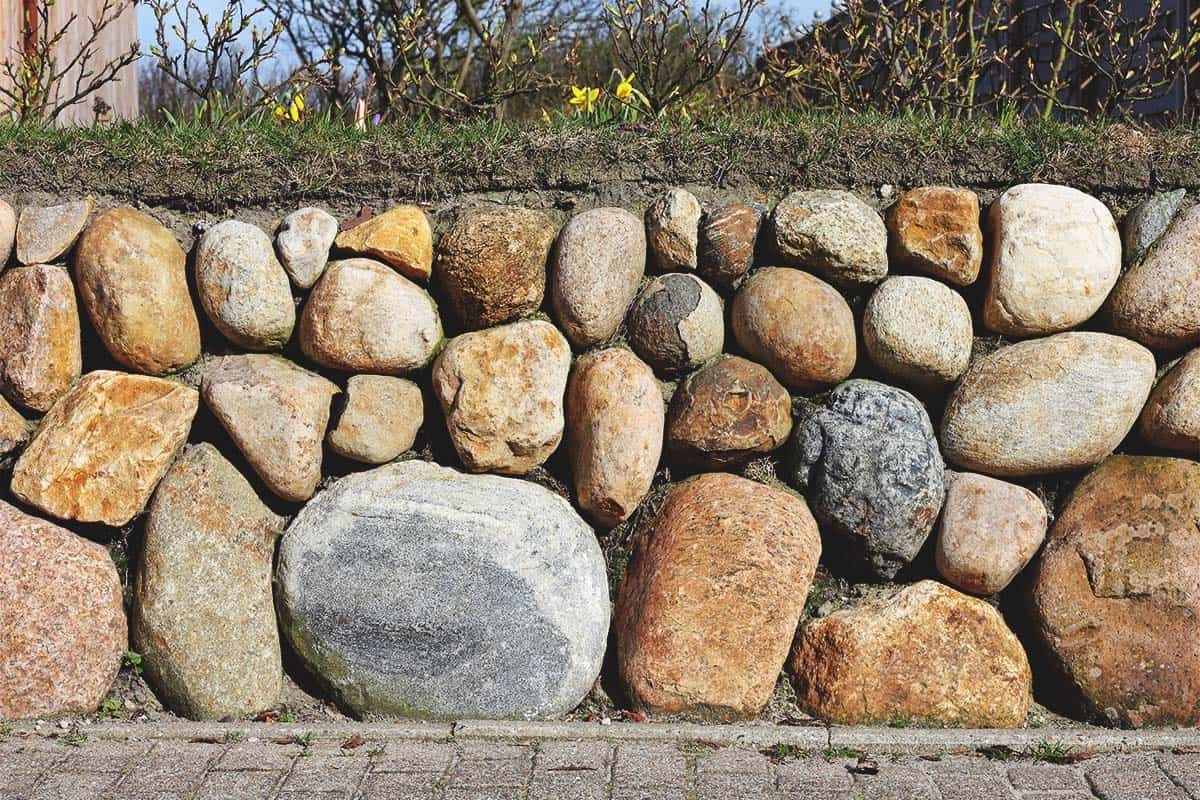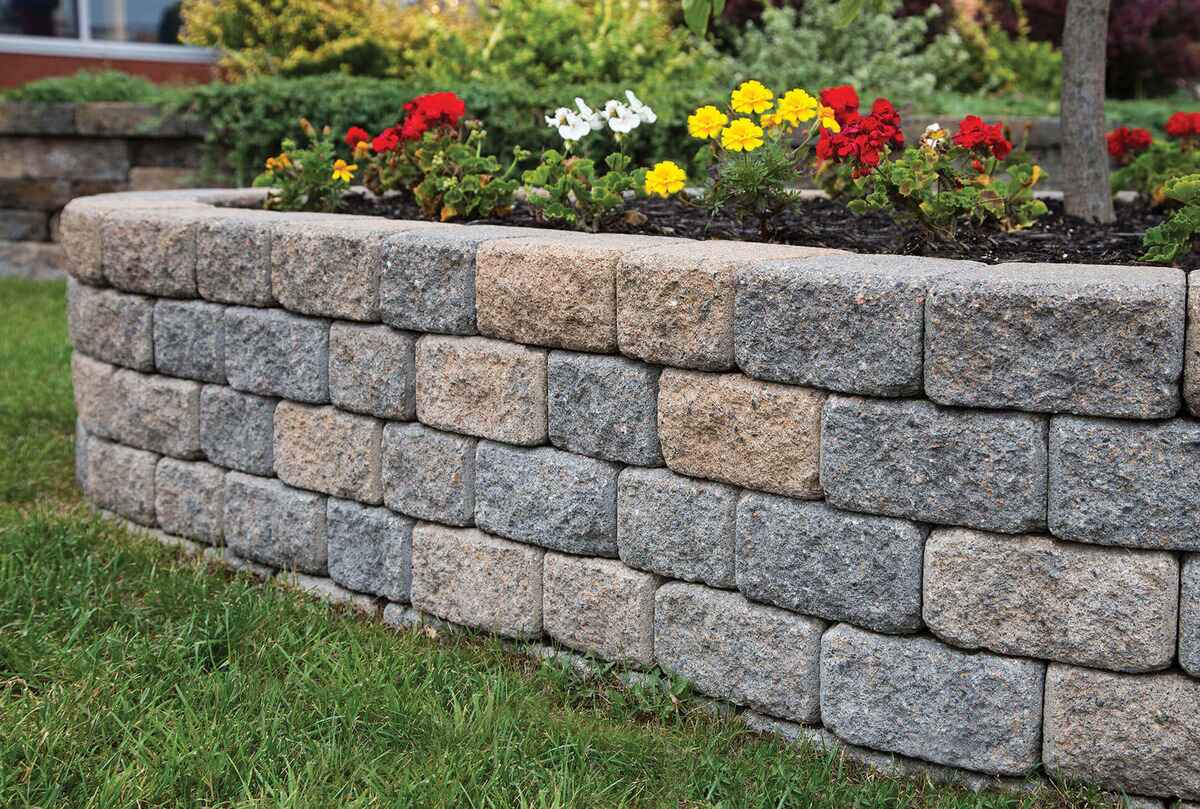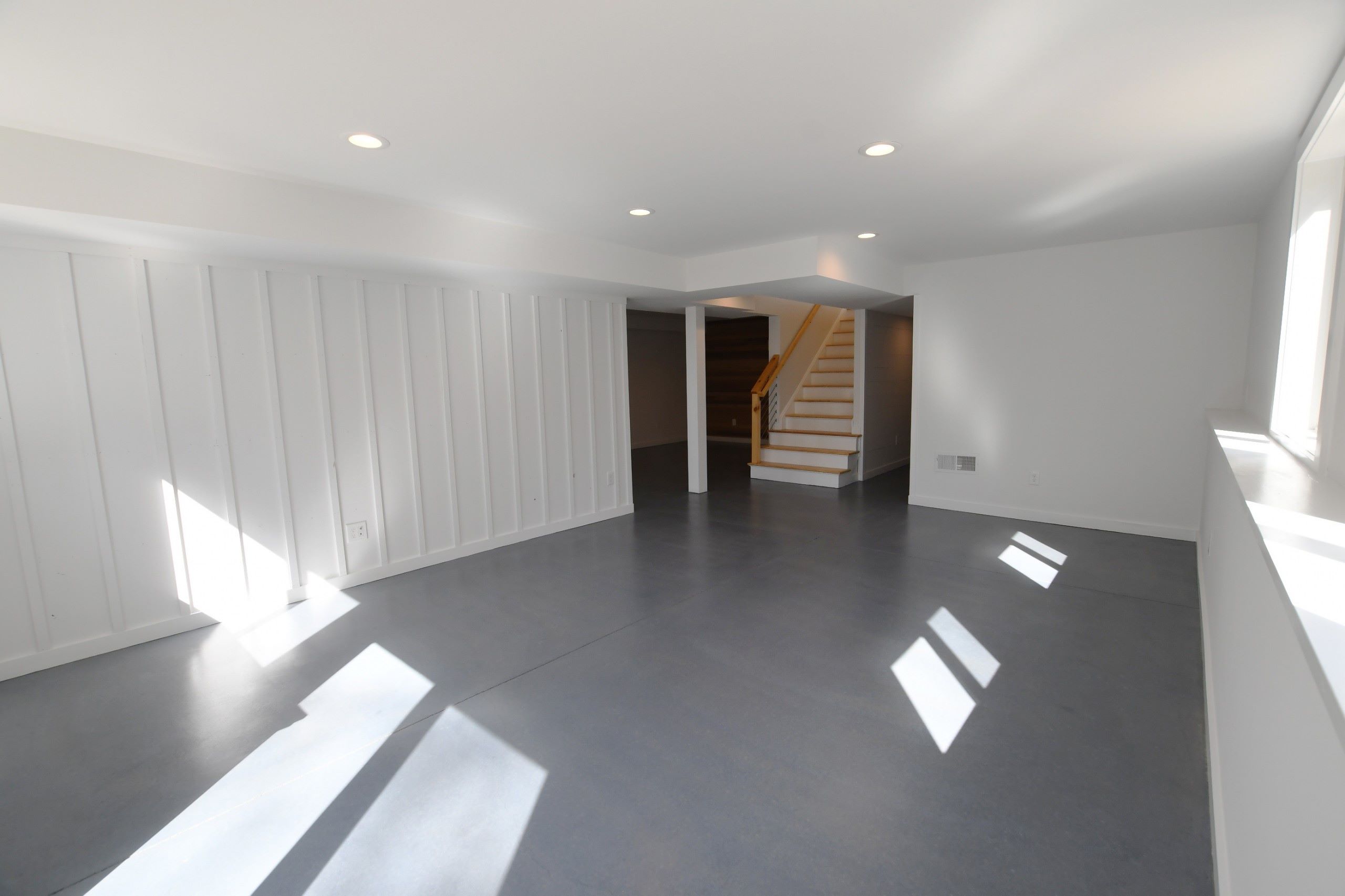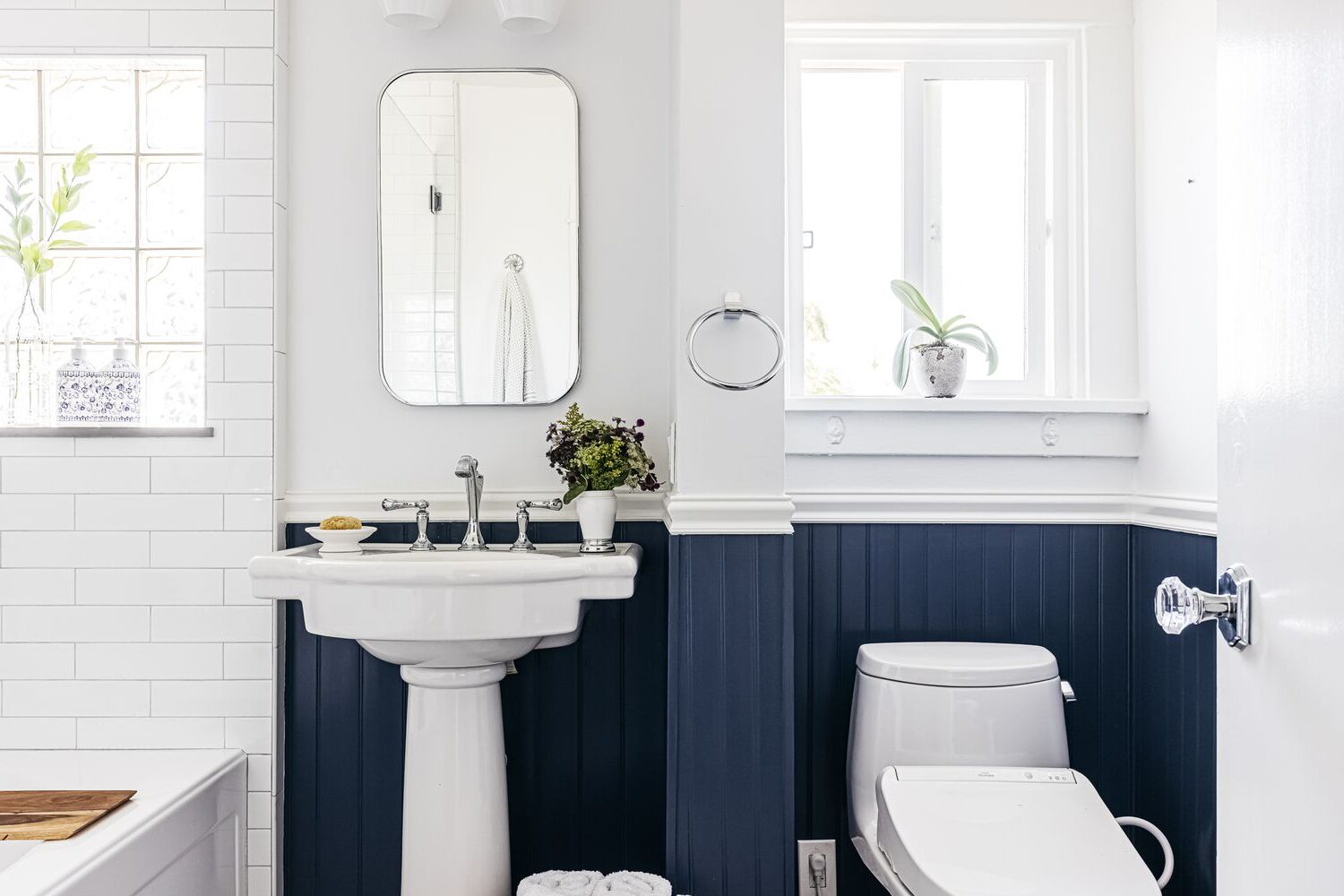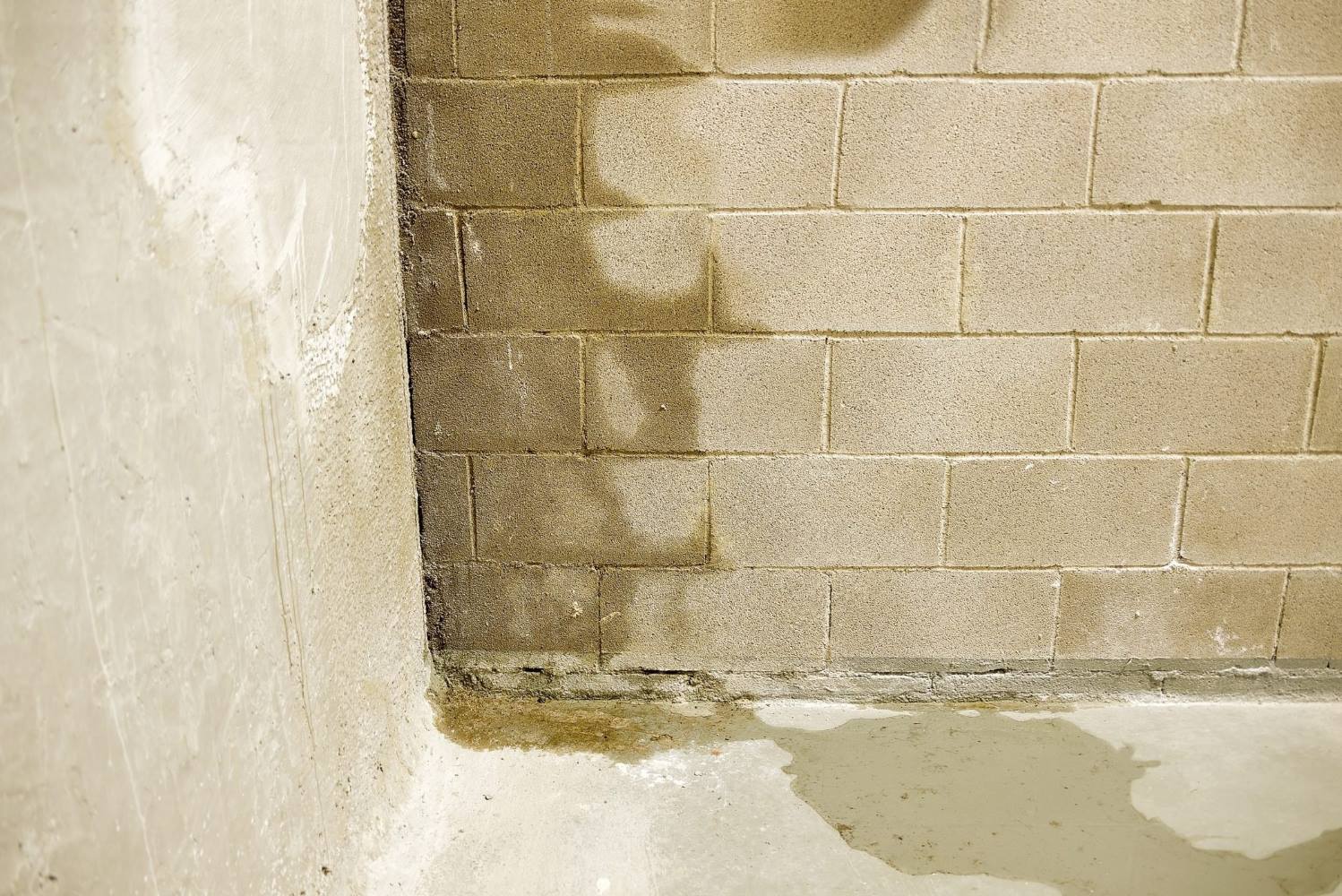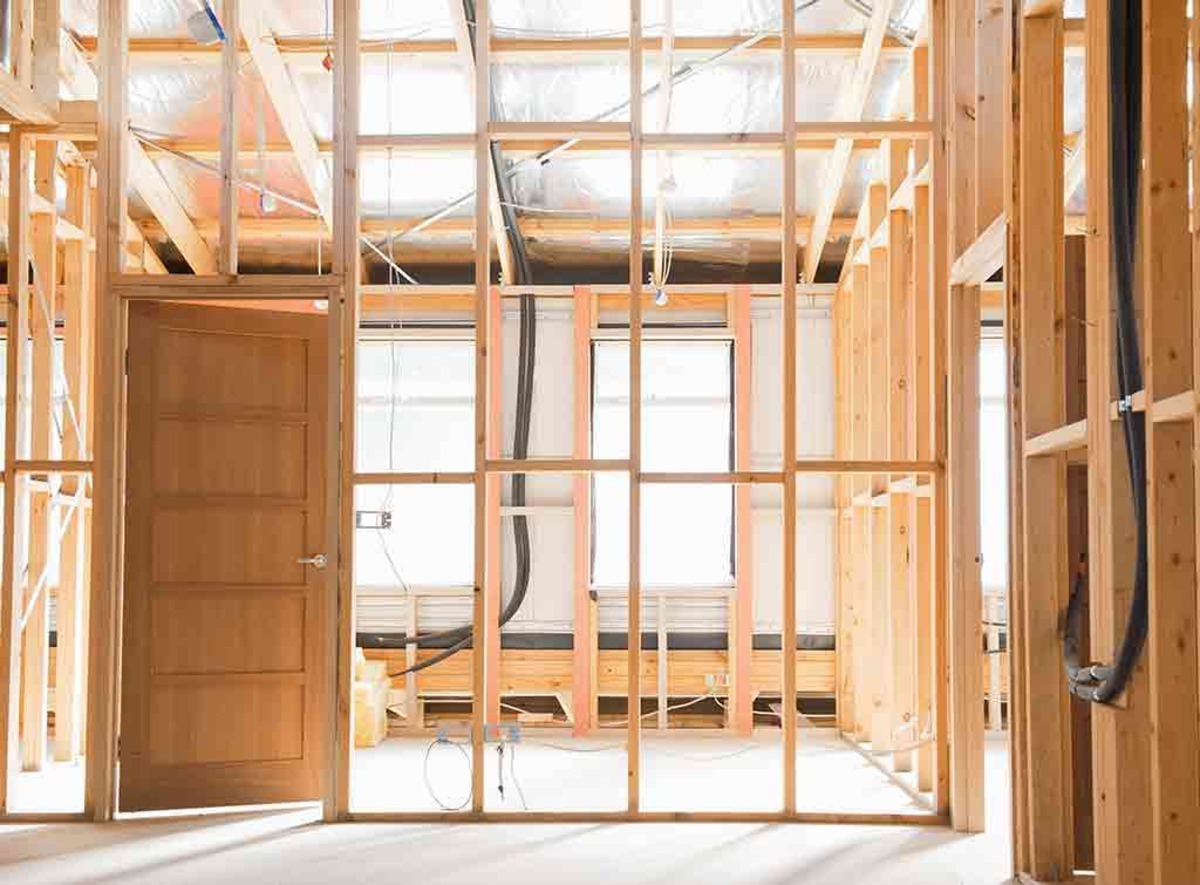Home>Create & Decorate>DIY & Crafts>How To Build A Half Wall


DIY & Crafts
How To Build A Half Wall
Published: June 1, 2024

Content Creator specializing in woodworking and interior transformations. Caegan's guides motivate readers to undertake their own projects, while his custom furniture adds a personal touch.
Learn how to build a half wall with our step-by-step DIY guide. Perfect for adding a touch of style to your home. Get started with our easy crafts tutorial!
(Many of the links in this article redirect to a specific reviewed product. Your purchase of these products through affiliate links helps to generate commission for Twigandthistle.com, at no extra cost. Learn more)
Introduction
So, you're thinking about adding a half wall to your home, but you're not quite sure where to start. Well, you've come to the right place! Building a half wall can be a great way to divide a space while maintaining an open feel. Whether you want to create a little separation between your living room and dining area or add a decorative element to a large room, a half wall can be a stylish and functional addition to your home. In this guide, we'll walk you through the steps to build your own half wall and give you the confidence to tackle this project like a pro. Let's get started!
Read more: How to Build a DIY Dutch Door
Planning and Preparation
Before you start swinging that hammer, it's crucial to take the time to plan and prepare for your half wall project. Here are the essential steps to get you on the right track:
-
Measure and Mark: Begin by measuring the area where you want to build the half wall. Use a tape measure to determine the length and height of the wall. Mark the layout on the floor and ceiling using a chalk line or pencil.
-
Check for Wiring and Plumbing: It's essential to check for any electrical wiring or plumbing that may be hidden in the wall area. Use a stud finder to locate any electrical wires or pipes that could be in the way of your construction.
-
Obtain Permits: Depending on your local building codes, you may need to obtain permits before starting your half wall project. Check with your local building department to ensure you comply with regulations.
-
Gather Tools and Materials: Make a list of all the tools and materials you'll need for the project. This may include lumber, drywall, screws, nails, a saw, a level, a drill, and safety equipment such as goggles and gloves.
-
Set a Budget: Determine how much you're willing to spend on the half wall project. Factor in the cost of materials, tools, and any professional assistance you may need.
By taking the time to plan and prepare, you'll set yourself up for a smoother construction process and avoid any unexpected hiccups along the way.
Choosing Materials
When it comes to building a half wall, selecting the right materials is crucial for a sturdy and visually appealing result. Here's what you need to consider when choosing materials for your half wall project:
-
Lumber: Opt for high-quality, straight lumber for the framing of your half wall. Common choices include 2×4 or 2×6 studs, depending on the height and structural requirements of your wall.
-
Drywall: Choose the appropriate thickness of drywall for your half wall. Typically, 1/2-inch drywall is suitable for most interior walls, but if you're looking for added soundproofing or durability, consider using 5/8-inch drywall.
-
Fasteners: Select the right screws or nails for securing the framing and drywall. Coarse-threaded drywall screws are commonly used for attaching drywall to the studs, while framing nails or screws are used for constructing the frame.
-
Joint Compound and Tape: You'll need joint compound and tape for finishing the seams of the drywall. Opt for a high-quality joint compound that is easy to sand and work with.
-
Primer and Paint: If you plan to paint the half wall, choose a high-quality primer and paint that complement the overall aesthetic of the room.
-
Safety Equipment: Don't forget to prioritize safety by investing in goggles, gloves, and a dust mask to protect yourself during the construction and finishing stages.
By carefully selecting the right materials for your half wall project, you can ensure a professional-looking and durable end result that enhances the visual appeal and functionality of your space.
Building the Frame
Building the frame is a critical step in constructing a sturdy and stable half wall. Here's a detailed guide to help you tackle this essential phase of the project:
-
Measure and Cut Lumber: Begin by measuring and cutting the lumber to the appropriate lengths for the top and bottom plates of the half wall. Use a saw to make precise cuts, ensuring that the pieces fit together snugly.
-
Assemble the Bottom Plate: Place the cut lumber for the bottom plate along the marked layout on the floor. Use a hammer and nails or screws to secure the pieces to the floor, ensuring that they are level and aligned according to your measurements.
-
Install the Vertical Studs: Measure and cut the vertical studs to the desired height of the half wall. Space the studs evenly along the bottom plate, typically at 16-inch intervals. Secure the studs to the bottom plate using nails or screws, ensuring they are plumb and aligned.
-
Add the Top Plate: Once the vertical studs are in place, attach the top plate by securing it to the vertical studs. This creates a sturdy frame for the half wall, providing structural support and stability.
-
Reinforce the Corners: To reinforce the corners and add extra stability to the frame, consider adding diagonal braces or blocking between the studs. This step can help prevent the frame from shifting or becoming unstable over time.
-
Check for Level and Plumb: Use a level to ensure that the frame is perfectly vertical (plumb) and horizontally level. Making any necessary adjustments at this stage will ensure that the half wall is straight and properly aligned.
By following these steps, you can build a strong and reliable frame for your half wall, setting the stage for the next phase of the construction process.
Installing Drywall
Now that the frame of your half wall is in place, it's time to move on to the next crucial step: installing the drywall. Here's a detailed guide to help you navigate this phase of the project:
-
Measure and Cut: Begin by measuring the dimensions of the areas where the drywall will be installed. Use a utility knife to score the front paper of the drywall, then snap the sheet along the scored line. Finally, cut through the back paper to complete the cut.
-
Attach the Drywall: Position the drywall against the frame of the half wall, ensuring a snug fit. Use drywall screws to secure the drywall to the studs, spacing the screws approximately 12 inches apart along the studs. Be sure to sink the screws slightly below the surface of the drywall without breaking the paper.
-
Tape and Mud the Seams: Apply drywall joint tape over the seams where the drywall sheets meet. Then, using a taping knife, apply a thin layer of joint compound over the tape and screws. Smooth out the compound and feather the edges to create a seamless finish. Allow the compound to dry completely before sanding.
-
Sand and Repeat: Once the joint compound is dry, use a fine-grit sandpaper to smooth out any imperfections. Apply a second and possibly third coat of joint compound, repeating the taping, mudding, and sanding process until the seams are smooth and the transition between the drywall sheets is seamless.
-
Apply Primer and Paint: After the joint compound is completely dry and the seams are smooth, apply a coat of primer to the drywall. Once the primer is dry, you can finish the half wall by painting it to match the surrounding space.
By following these steps, you can successfully install drywall on your half wall, creating a polished and professional-looking surface that enhances the overall aesthetic of the room.
Read more: DIY: How to Build an Exterior Dutch Door
Finishing Touches
After completing the installation of the drywall, it's time to add the finishing touches to your half wall to achieve a polished and cohesive look. Here are the essential steps to wrap up your half wall project:
-
Trim Installation: Consider adding trim along the top of the half wall to create a clean and finished edge. Choose a trim style that complements the overall design of the room, whether it's a simple and modern profile or a more ornate and decorative option.
-
Caulking: Use caulk to fill any gaps between the trim and the drywall, as well as the seams where the half wall meets the floor and ceiling. This step not only enhances the visual appeal but also helps to seal the edges for a professional finish.
-
Painting the Trim: If you've added trim to the half wall, be sure to paint it to match the color of the wall or the existing trim in the room. A fresh coat of paint on the trim will tie everything together and create a cohesive look.
-
Accessorize: Depending on the purpose of the half wall, consider adding decorative elements such as shelving, artwork, or sconces to enhance its visual appeal. These additions can transform the half wall into a functional and stylish feature of the room.
-
Cleaning Up: Once all the finishing touches are in place, take the time to clean up any dust or debris from the construction process. Wipe down the surfaces, vacuum the area, and ensure that the space is ready to be enjoyed.
By following these steps, you can add the final details to your half wall, elevating its appearance and integrating it seamlessly into the design of your space.

